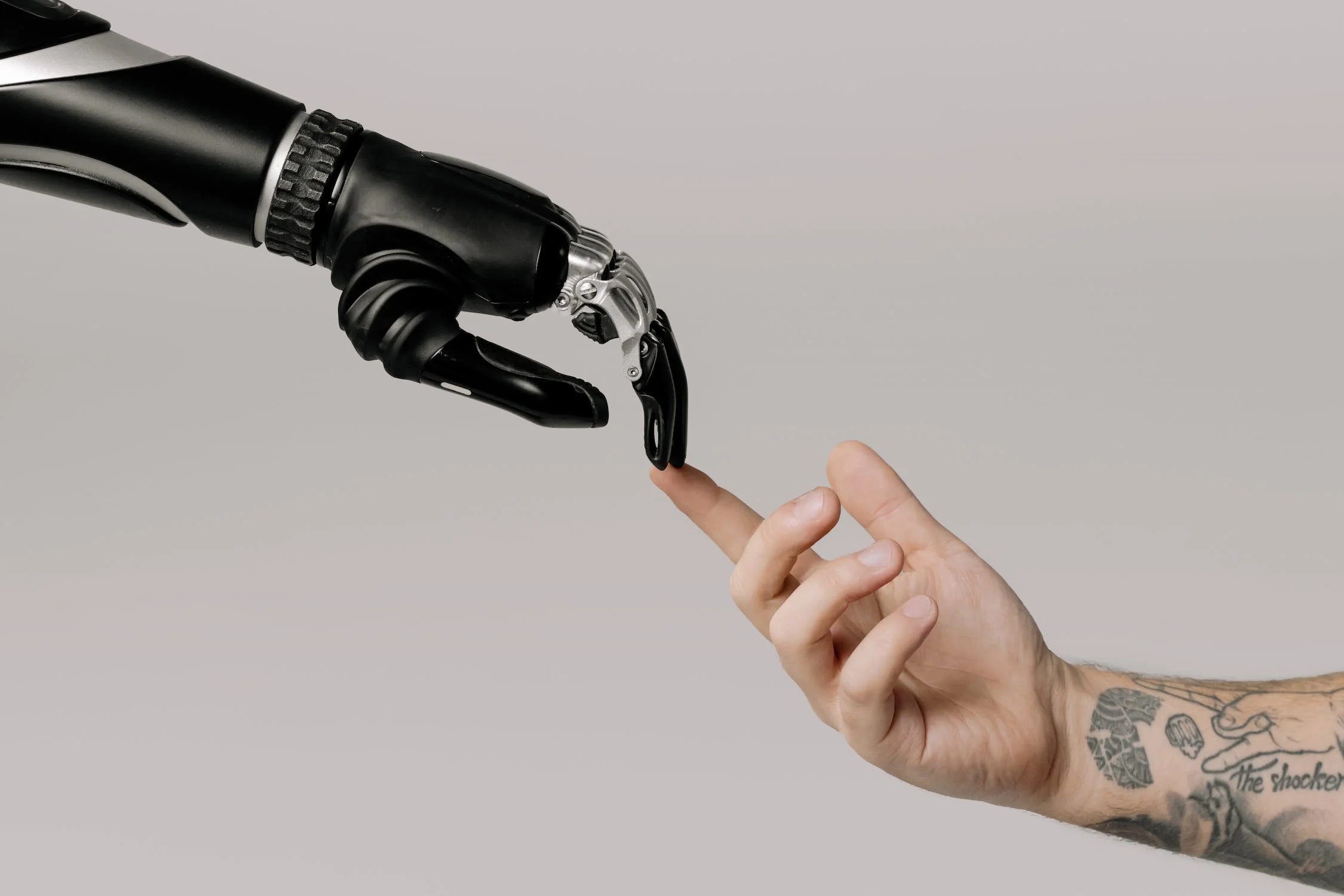In the dynamic realm of software development, the process of bringing a digital product to life is nothing short of an intricate dance. Software Product Engineering encapsulates this journey, weaving together creativity, technical expertise, and meticulous planning. In this comprehensive exploration, we unravel the stages of the Software Product Engineering lifecycle, providing insights into the nuances that define each phase.
Introduction: The Symphony of Software Creation
Software Product Engineering is a multifaceted discipline that spans from ideation to deployment and beyond. It involves the seamless integration of design, development, testing, and deployment to ensure that the end product not only meets but exceeds user expectations. Let's embark on a journey through the lifecycle of Software Product Engineering, decoding the complexities and celebrating the artistry behind digital creation.
1. Inception: Ideation and Conceptualization
At the heart of every successful software product lies a compelling idea. The inception phase is where the seeds of innovation are planted. It involves ideation sessions, market research, and a deep understanding of user needs. The goal is to conceptualize a product that not only addresses a specific problem but also aligns with market trends and user preferences.
Key Activities:
- Ideation workshops to brainstorm and refine concepts.
- Market research to identify gaps and opportunities.
- Defining the product vision, goals, and target audience.
2. Planning: Charting the Course
Once the concept is crystallized, the planning phase kicks in. This is where the blueprint for the entire software product journey is drawn. Project managers, developers, and stakeholders collaborate to create a roadmap that outlines timelines, resource allocation, and milestones. A well-thought-out plan sets the foundation for a smooth and efficient development process.
Key Activities:
- Project scope definition and requirement analysis.
- Resource allocation and team formation.
- Development of a detailed project timeline and milestones.
3. Design: Giving Shape to Ideas
In the design phase, the conceptualized ideas start taking tangible form. User experience (UX) and user interface (UI) designers work collaboratively to create wireframes, prototypes, and design mock-ups. The focus is not only on aesthetics but also on ensuring a seamless and intuitive user journey. Design decisions play a pivotal role in shaping the overall user experience.
Key Activities:
- Wireframing and prototyping for user flow.
- UI design for visual aesthetics and brand alignment.
- Collaboration between designers and developers for feasibility assessment.

4. Development: Bringing Concepts to Code
The development phase is where lines of code transform ideas into a functional product. Developers, armed with the design specifications, start writing the code that forms the backbone of the software. Agile methodologies often come into play, allowing for iterative development and continuous integration. Collaboration and communication among development teams are crucial for maintaining coherence and efficiency.
Key Activities:
- Writing code according to specifications.
- Continuous integration and testing of code.
- Regular collaboration and communication within development teams.
5. Testing: Ensuring Quality and Reliability
No software product is complete without rigorous testing. The testing phase is a meticulous examination of the developed product to identify and rectify any bugs, glitches, or performance issues. Quality assurance engineers conduct various types of testing, including functional testing, regression testing, and user acceptance testing, to ensure that the software meets the defined standards.
Key Activities:
- Test case creation and execution.
- Identification and resolution of bugs and issues.
- Performance testing for scalability and reliability.
6. Deployment: Introducing the Product to the World
With a thoroughly tested product in hand, the deployment phase marks the moment of truth. The software is released to the intended audience, making it accessible to users. Deployment involves a careful transition from the development environment to the live production environment. A well-executed deployment ensures a smooth user experience from day one.
Key Activities:
- Release planning and coordination.
- Data migration and system integration.
- Monitoring for any post-deployment issues and quick resolution.
7. Post-Launch: Continuous Improvement and Iteration
The launch of a software product is not the end but rather a new beginning. The post-launch phase involves monitoring user feedback, analyzing performance metrics, and making continuous improvements. Regular updates and feature enhancements keep the product relevant, ensuring its sustainability in a rapidly evolving technological landscape.
Key Activities:
- Gathering and analyzing user feedback.
- Iterative development based on insights and market trends.
- Implementing updates, patches, and new features.
Conclusion: Mastering the Symphony of Software Product Engineering
In the intricate dance of Software Product Engineering, each phase plays a vital role in creating a harmonious and successful product. From the birth of an idea to the continuous evolution post-launch, the lifecycle of software product engineering embodies creativity, collaboration, and a commitment to excellence.As we decode the complexities of this comprehensive lifecycle, it becomes evident that Software Product Engineering is not just about writing code; it's about crafting experiences, solving problems, and shaping the future of digital innovation. Through a seamless integration of ideation, planning, design, development, testing, deployment, and continuous improvement, the symphony of software creation reaches its crescendo—a product that not only meets expectations but exceeds them, leaving an indelible mark on the ever-evolving landscape of technology.



